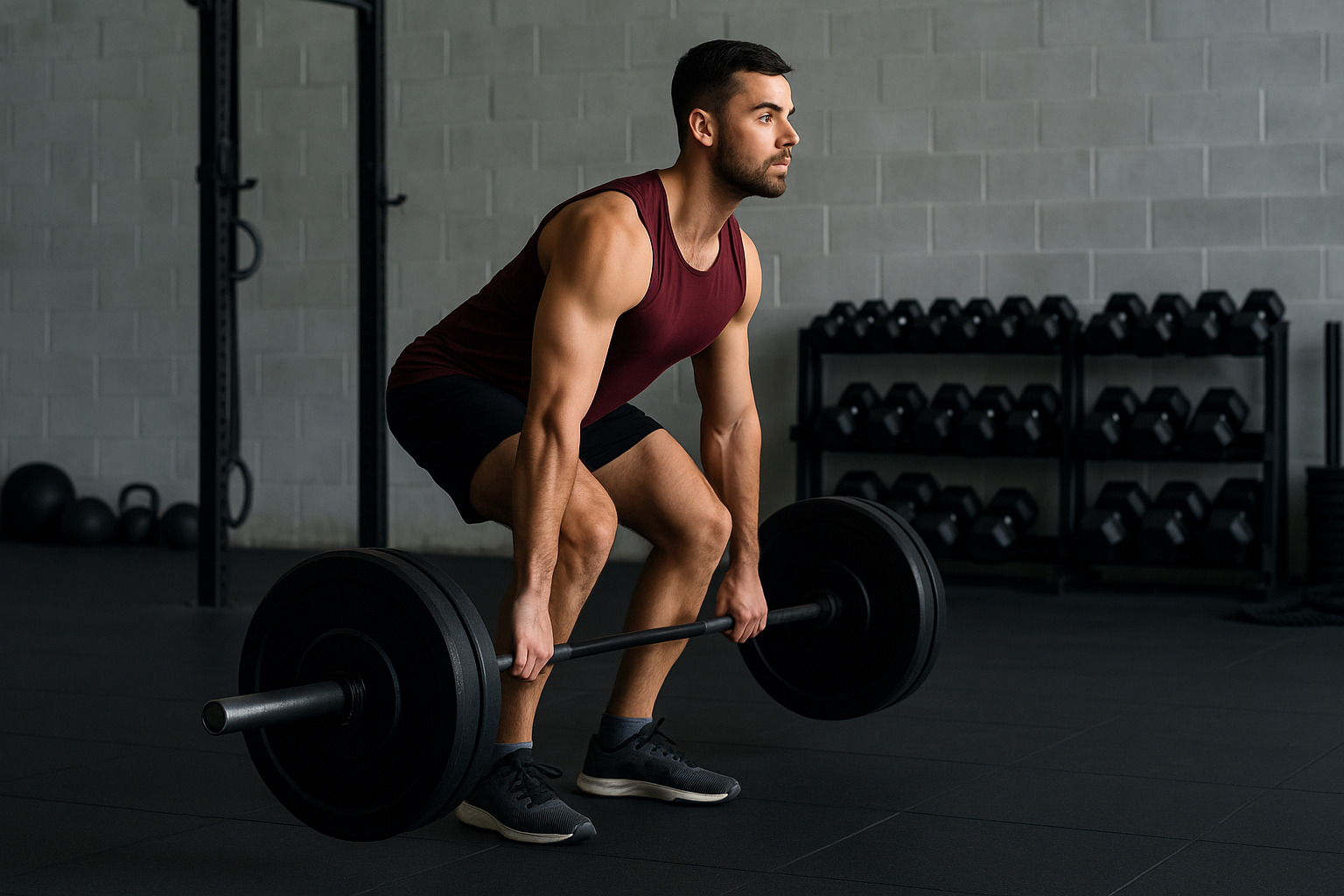Strength training builds the foundation for athletic performance. Regardless of the sport, increased strength supports faster sprints, higher jumps, greater endurance, and improved coordination. This approach benefits professionals, amateurs, and recreational athletes alike.
Why Strength Training Matters in Every Sport
Strength training improves muscle force output, allowing athletes to move faster, push harder, and recover quicker. It also fortifies joints and connective tissues, reducing the risk of injury. Stronger muscles contribute to greater stability and balance, both of which are critical for precision in movement. These benefits directly translate to enhanced performance in sports ranging from football to swimming.
Core Principles of Sport-Specific Strength Training
Athletes achieve better results when training plans match their sport’s demands. The following principles guide effective program design:
- Progressive Overload: Gradually increasing resistance to continually challenge muscles.
- Movement Specificity: Focusing on exercises that mimic sport-specific motions.
- Balanced Development: Training both agonist and antagonist muscles to prevent imbalances.
- Recovery Planning: Incorporating rest and active recovery to support adaptation.
- Periodization: Structuring training phases to peak at the right time in the season.
Benefits Across Different Sports
Endurance Sports
- Improved Running Economy: Stronger leg muscles use less energy over time.
- Enhanced Sprint Capacity: Short bursts of speed become more explosive.
- Injury Prevention: Stabilizing muscles protect against repetitive stress injuries.
Power and Speed Sports
- Explosive Strength Gains: Increased force production leads to better acceleration.
- Better Jump Mechanics: Enhanced leg power supports higher verticals.
- Stronger Core Control: Improves agility and change-of-direction speed.
Precision and Skill-Based Sports
- Greater Stability: Supports balance during complex movements.
- Enhanced Motor Control: Improves coordination between muscle groups.
- Reduced Fatigue: Sustains performance quality for longer periods.
Key Strength Training Components
- Compound Movements
- Squats
- Deadlifts
- Bench presses
- Pull-ups
These recruit multiple muscle groups, maximizing training efficiency.
- Olympic Lifting Variations
- Power cleans
- Snatches
These develop explosive power and improve overall athleticism.
- Plyometrics
- Box jumps
- Medicine ball throws
These enhance rapid force production and reactive strength.
- Accessory Work
- Single-leg exercises
- Core stabilization drills
These address imbalances and reinforce functional movement.
- Isometric Holds
- Planks
- Wall sits
These improve muscle endurance and joint stability.
Example Weekly Strength Training Layout for Multi-Sport Athletes
Day 1
Lower body focus with squats, lunges, hamstring curls, and calf raises. Finish with core stability work.
Day 2
Upper body strength including bench press, pull-ups, rows, and overhead presses. Add shoulder stability exercises.
Day 3
Plyometrics and Olympic lifts with power cleans, jump squats, and medicine ball throws. Include mobility work.
Day 4
Accessory and corrective training featuring single-leg Romanian deadlifts, face pulls, and anti-rotation core exercises.
Day 5
Active recovery such as light swimming, yoga, or mobility circuits.
Avoiding Common Mistakes
- Overtraining: Too many sessions without adequate rest stalls progress.
- Neglecting Technique: Poor form increases injury risk and reduces effectiveness.
- Skipping Mobility Work: Flexibility supports range of motion and performance.
- Ignoring Weak Links: Unaddressed muscle imbalances can limit athletic potential.
How Strength Training Supports Mental Performance
Strong bodies often support stronger mental resilience. Strength training builds discipline, focus, and confidence, qualities that carry over to competition. The sense of physical readiness can reduce performance anxiety and improve decision-making under pressure.
Long-Term Athletic Development
Early introduction to structured strength training allows athletes to develop movement literacy, build injury resistance, and sustain performance over longer careers. Consistent application creates a cycle of improvement where increased strength leads to better sport-specific skills, which further enhance performance outcomes.
